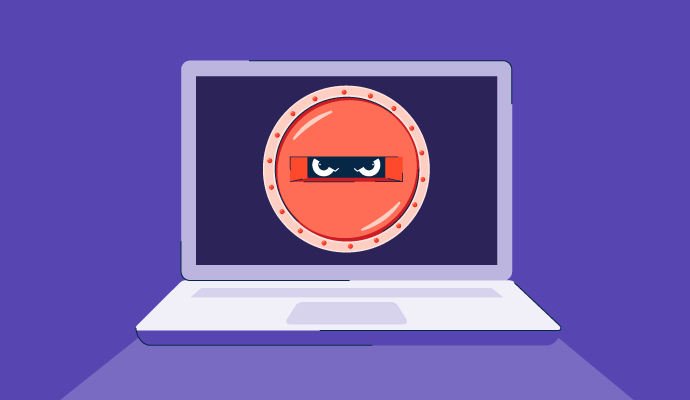What is deep packet inspection?
Deep packet inspection, more commonly referred to as DPI, is a type of filtering or information extraction from a network packet. It evaluates the data part and the header of an information packet transmitted through a network's inspection point.
The aim is to filter out any non-compliant information, such as spam, viruses, or other intrusions, as defined by the criteria of the DPI policies.
Deep packet inspection is also used to route a packet to another direction. In other words, it can detect, categorize, block, or reroute network packets, unlike older packet filtering methods, which just read packet headers, deep packet inspection extracts, and the content.
Deep packet inspection examines the information of a packet and identifies the specific application or service that sent it. In addition, policies can be programmed to look for and reroute network traffic from a specific IP address range or a certain online service like social media networks.
Basic elements of deep packet inspection (DPI)
- An intrusion detection system (IDS) is an application that monitors a network for malicious activity or policy violations. Intrusion activity is reported to a network administrator or a security information and event management system (SIEM).
- A stateful firewall is a network firewall that tracks sessions of network connections. It monitors the entire session for the state of the connection while also checking IP addresses for comprehensive security.
Benefits of deep packet inspection (DPI)
Deep packet inspection (DPI) offers several benefits to networks. Here are some key advantages:
- Improves network security: Deep packet inspection can be combined with algorithms to block malware. For example, a next-generation firewall (NGFW) at the network edge, deep packet inspection can catch malware before it enters the network.
- Stops data leakage: Since deep packet inspection can be used to inspect outbound traffic, policies can be set up to prevent data leakage and determine where the data is going. The data can also be kept in a gateway for examination.
- Enables content control: Deep packet inspection allows network administrators to set up policies to block content or unauthorized access to particular applications.
- Helps with compliance: It also helps organizations stay compliant by weeding out non-compliant content and ensuring policies are enforced.
Deep packet inspection (DPI) best practices
The best practices for implementing DPI include:
- Clearly define objectives and policies: Before implementing DPI, define clear objectives and policies for its use. Understanding what the user wants to achieve with DPI and what types of traffic they want to inspect will help set up appropriate rules and policies.
- Ensure legal and regulatory compliance: Understand and comply with applicable laws and regulations overseeing the use of DPI, especially those related to user privacy and data protection.
- Data minimization: Minimize the amount of data collected and stored during DPI. Only retain data necessary for network security or management purposes.
- Regular audits: Conduct regular audits of DPI implementation to ensure it functions as intended. Audits can help identify and fix issues like false positives or misconfigurations.
- Data encryption: DPI can be challenging when dealing with encrypted traffic. Use techniques that respect encryption standards while allowing for necessary inspection, such as SSL/TLS decryption.
- Network segmentation: Segment the network to limit the scope of DPI. Focus on inspecting traffic in critical zones where security and compliance are top priorities.
- Employee training: Train network administrators and personnel responsible for DPI and ensure they are aware of the potential impact on user privacy.
- Regular updates: Keep DPI systems and applications up-to-date. Regularly update signatures, rules, and policies to adapt to evolving threats.
Deep packet inspection (DPI) vs. intrusion detection systems (IDS)
The difference between deep packet inspection (DPI) and intrusion detection systems (IDS) is that IDS can detect intrusions but not necessarily block them.
On the other hand, deep packet inspection can prevent and block malicious content from the network. This includes intrusive content such as denial-of-service (DoS) attacks and worms that might fit into a single packet.
Learn how to master the future of network security with SASE.

Sarah Wallace
Sarah is a Research Principal at G2. She has worked as an industry analyst for over 20 years and focuses on cybersecurity for areas such as cloud and networks.

